Smartler - Smartler
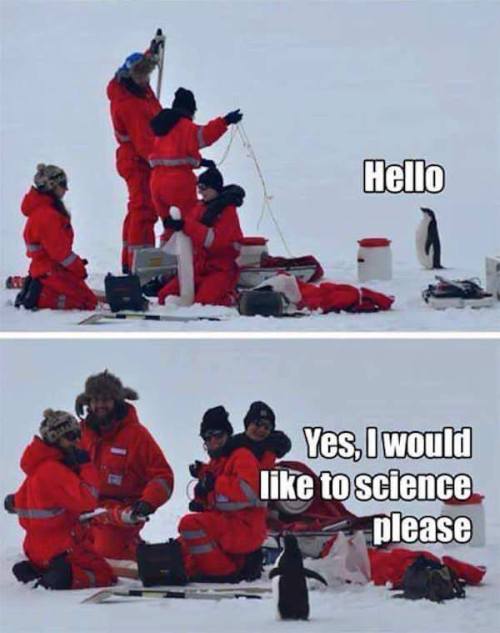
More Posts from Smartler and Others
Pluto Continues to Amaze

This dwarf planet sure knows how to get a BIG reaction because we’re stunned by the latest images from our New Horizons spacecraft!
Back on July 14, the spacecraft completed it’s historic Pluto flyby, and is now in an intensive downlink phase. During this time, New Horizons will send us some of the best data and images we’ve seen!
These latest images were taken just 15 minutes after New Horizons’ closest approach to Pluto. The spacecraft looked back toward the sun and captured this near-sunset view. Icy mountains, flat plains and the horizon can all be seen in detail.

When we take a closer look, these features truly begin to stand out. Mountains up to 11,000 feet high are met by flat icy plains that extend out to Pluto’s horizon. There, more than a dozen layers of haze in the dwarf planet’s atmosphere can be seen. It’s almost as if we’re flying over the surface with the New Horizons spacecraft.
Speaking of flyover, this new animation of Pluto has been created from images returned from the spacecraft this month. This view shows us what it might be like to take an aerial tour through Pluto’s thin atmosphere and soar above the surface.
These images and videos are not only stunning, but also provide us with important information about the dwarf planet. So far, scientists can tell that the weather changes from day to day on Pluto. These images, combined with others that have been downloaded, provide evidence for a remarkably Earth-like “hydrological” cycle on Pluto.
For updates on the data and images received by the New Horizons spacecraft, check our blog: https://blogs.nasa.gov/pluto/
Make sure to follow us on Tumblr for your regular dose of space: http://nasa.tumblr.com
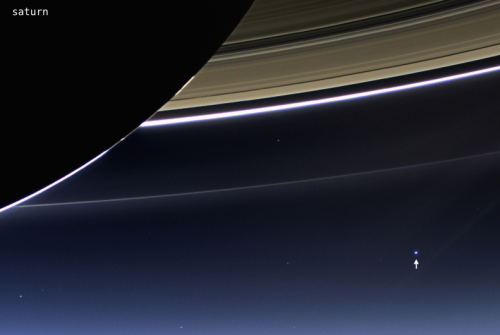
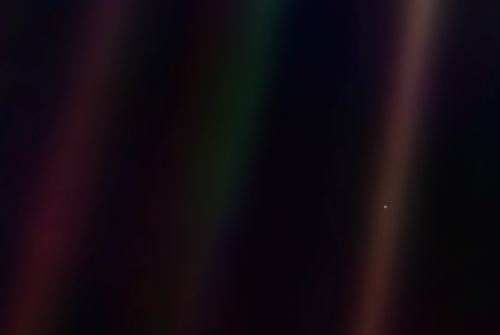
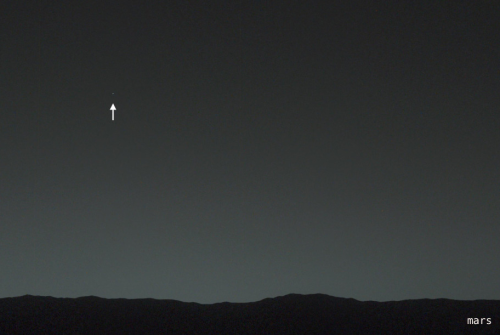
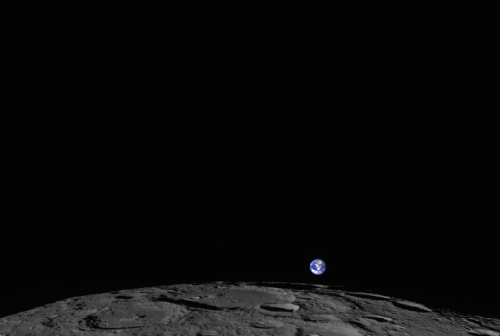
“look again at that dot. that’s here. that’s home. that’s us. on it everyone you love, everyone you know, everyone you ever heard of, every human being who ever was, lived out their lives.
“the earth is a very small stage in a vast cosmic arena. think of the endless cruelties visited by the inhabitants of one corner of this pixel on the scarcely distinguishable inhabitants of some other corner, how frequent their misunderstandings, how eager they are to kill one another, how fervent their hatreds.
“our posturings, our imagined self importance, the delusion that we have some privileged position in the universe, are challenged by this point of pale light. our planet is a lonely speck in the great enveloping cosmic dark. in our obscurity, in all this vastness, there is no hint that help will come from elsewhere to save us from ourselves.
“the earth is the only world known so far to harbour life. there is nowhere else, at least in the near future, to which our species could migrate. visit, yes. settle, not yet. like it or not, for the moment the earth is where we make our stand.
“there is perhaps no better demonstration of the folly of human conceits than this distant image of our tiny world. to me, it underscores our responsibility to deal more kindly with one another, and to preserve and cherish the pale blue dot, the only home we’ve ever known.”
- carl sagan
photos taken from cassini in 2013 when 1.5 billion km from earth; voyageur 1 in 1990 when 6 billion km; mars rover curisoity in 2014 when 160 million km; and the lunar reconnaissance orbiter in 2014, when the moon was 403,473 km away from earth, or near apogee.
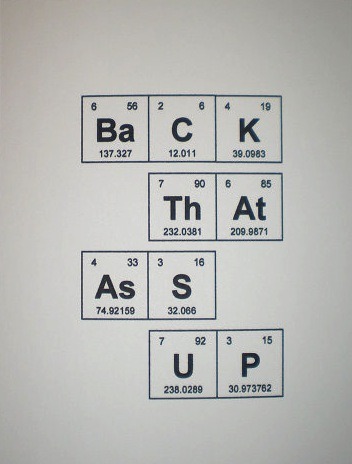

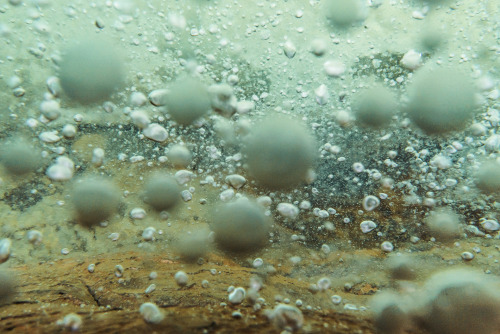

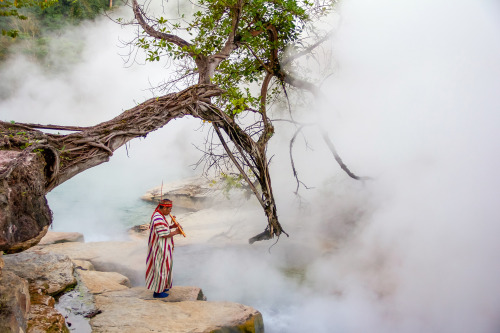

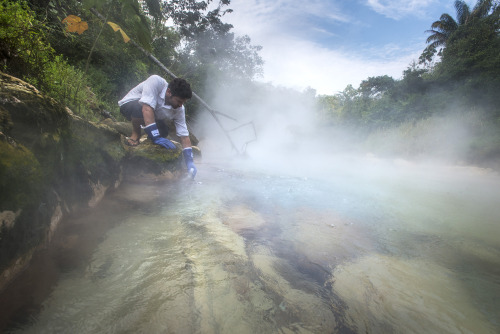
Geologist Andrés Ruzo first heard about the boiling river as child, but it was always thought of as mythical. It was considered “a place of spirits.” But when Ruzo’s aunt insisted a boiling river existed in Peru, he set out to find it. Now, Ruzo is the first scientist to be given the blessing of the local shaman to study the boiling river. Ruzo talks about the mysterious nature of the boiling river on the latest episode of the TED Radio Hour.
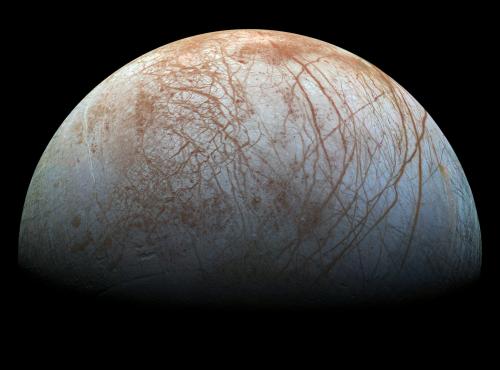

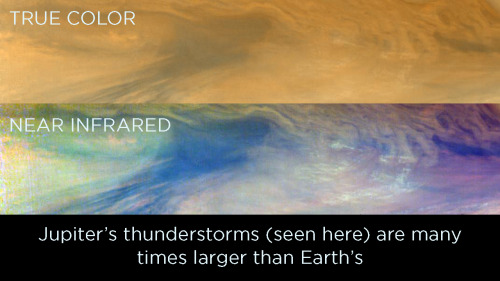
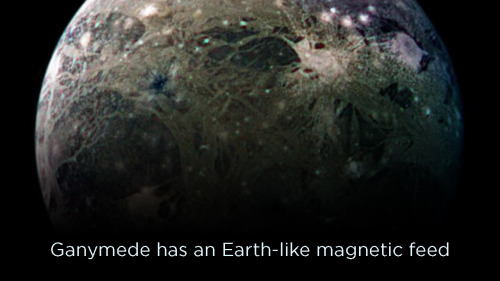
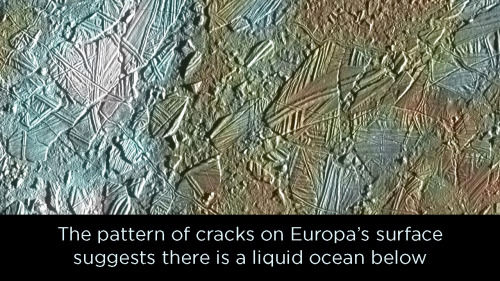
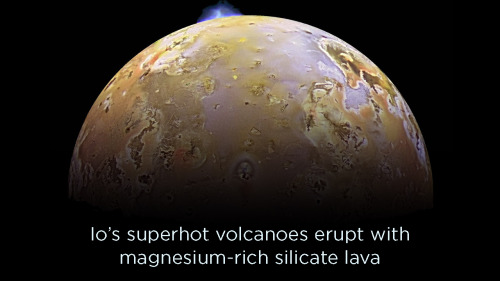
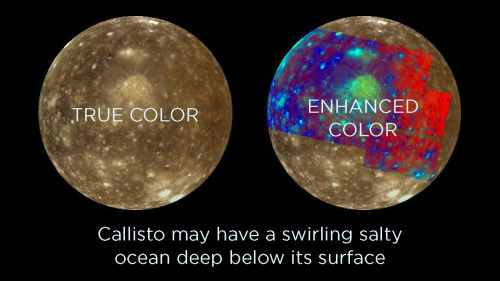
Galileo became the first spacecraft to orbit Jupiter on December 7, 1995. For years it gathered incredible images and data. As Galileo began to malfunction and lose power, NASA decided to destroy it intentionally, avoiding the possible transfer of Earth bacteria onto any of Jupiter’s moons via an accidental collision. The probe slammed into Jupiter on September 21, 2003 traveling more than 100,000 miles per hour.

For more amazing images and posts about how Astronomy is Awesome, check us out!
http://astronomyisawesome.com/
As always, please feel free to ask questions and we love it when you reblog!
#astronomy #space #nasa #hubble space telescope #nebula #nebulae #galaxy

My life in a picture
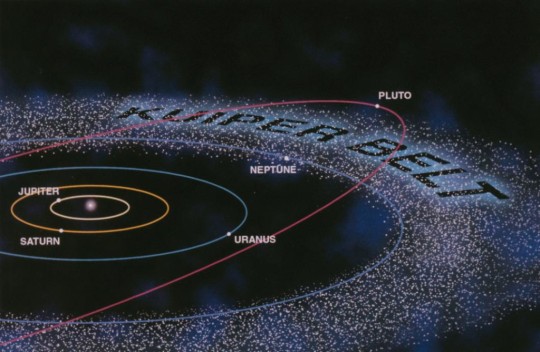
oldie but goodie







Tumblr Valentines - The Love God version.

Check out our infographic on Venus here: http://astronomyisawesome.com/infographics/10-facts-about-venus/
-
 welunathings-blog1 liked this · 5 years ago
welunathings-blog1 liked this · 5 years ago -
 metalmatchsticks reblogged this · 6 years ago
metalmatchsticks reblogged this · 6 years ago -
 khacirorhoadjoziat-blog liked this · 7 years ago
khacirorhoadjoziat-blog liked this · 7 years ago -
 immortalycerine liked this · 7 years ago
immortalycerine liked this · 7 years ago -
 baa-ha-ri reblogged this · 7 years ago
baa-ha-ri reblogged this · 7 years ago -
 baa-ha-ri liked this · 7 years ago
baa-ha-ri liked this · 7 years ago -
 dronepet7053 liked this · 8 years ago
dronepet7053 liked this · 8 years ago -
 corydorapanda-blog liked this · 8 years ago
corydorapanda-blog liked this · 8 years ago -
 jericbowers liked this · 8 years ago
jericbowers liked this · 8 years ago -
 ppuppies-r-life liked this · 8 years ago
ppuppies-r-life liked this · 8 years ago -
 venterry liked this · 8 years ago
venterry liked this · 8 years ago -
 qualcun05-blog liked this · 8 years ago
qualcun05-blog liked this · 8 years ago -
 ilthaddly78 reblogged this · 8 years ago
ilthaddly78 reblogged this · 8 years ago -
 ilthaddly78 liked this · 8 years ago
ilthaddly78 liked this · 8 years ago -
 celestialstrokes reblogged this · 9 years ago
celestialstrokes reblogged this · 9 years ago -
 learning-submission-blog liked this · 9 years ago
learning-submission-blog liked this · 9 years ago -
 abbyyy16 reblogged this · 9 years ago
abbyyy16 reblogged this · 9 years ago -
 postcardsfrompennsylvania liked this · 9 years ago
postcardsfrompennsylvania liked this · 9 years ago -
 dontbetherude reblogged this · 9 years ago
dontbetherude reblogged this · 9 years ago -
 dontbetherude liked this · 9 years ago
dontbetherude liked this · 9 years ago -
 wingsofchronos liked this · 9 years ago
wingsofchronos liked this · 9 years ago -
 nicolemyerz liked this · 9 years ago
nicolemyerz liked this · 9 years ago -
 your-breast-friend reblogged this · 9 years ago
your-breast-friend reblogged this · 9 years ago -
 rollinginbooks reblogged this · 9 years ago
rollinginbooks reblogged this · 9 years ago -
 khancrackers reblogged this · 9 years ago
khancrackers reblogged this · 9 years ago -
 khancrackers liked this · 9 years ago
khancrackers liked this · 9 years ago -
 teremi-hc reblogged this · 9 years ago
teremi-hc reblogged this · 9 years ago -
 3396frog reblogged this · 9 years ago
3396frog reblogged this · 9 years ago -
 lunardeity liked this · 9 years ago
lunardeity liked this · 9 years ago -
 oboeplum reblogged this · 9 years ago
oboeplum reblogged this · 9 years ago -
 lovelystarrdust reblogged this · 9 years ago
lovelystarrdust reblogged this · 9 years ago -
 antylawares liked this · 9 years ago
antylawares liked this · 9 years ago -
 teremi-hc liked this · 9 years ago
teremi-hc liked this · 9 years ago -
 darkolive001 liked this · 9 years ago
darkolive001 liked this · 9 years ago -
 mousathe14 reblogged this · 9 years ago
mousathe14 reblogged this · 9 years ago -
 maxmentholmo liked this · 9 years ago
maxmentholmo liked this · 9 years ago -
 mapsincolor reblogged this · 9 years ago
mapsincolor reblogged this · 9 years ago -
 trukgrebstarb reblogged this · 9 years ago
trukgrebstarb reblogged this · 9 years ago -
 the-url-is-already-taken reblogged this · 9 years ago
the-url-is-already-taken reblogged this · 9 years ago -
 proserpine-in-phases reblogged this · 9 years ago
proserpine-in-phases reblogged this · 9 years ago -
 mrpetrikov liked this · 9 years ago
mrpetrikov liked this · 9 years ago -
 dumpster-barbie liked this · 9 years ago
dumpster-barbie liked this · 9 years ago -
 raccattacc reblogged this · 9 years ago
raccattacc reblogged this · 9 years ago -
 lucaridot reblogged this · 9 years ago
lucaridot reblogged this · 9 years ago